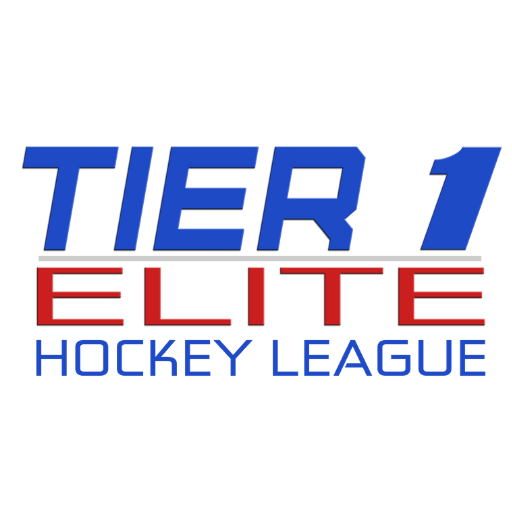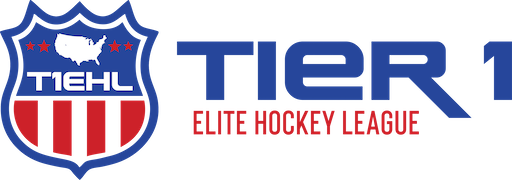
motivation tips for players
Talk to any teacher and they’ll tell you that motivating children is the one of the hardest parts of their job.
Now as hockey coaches and parents, you would think that we were immune from these struggles with motivation. After all, hockey is a lot more fun than Algebra and every young player wants to get to the NHL, right?
Sadly, whether you blame it on technology, pop-culture, or adolescence, today’s coaches and parents are fighting the same motivation battles that are being waged by teachers in the classroom.
Modern-day athletes are fueled by the constant bombardment of instant gratification and external motivation, and many coaches are left scratching their heads as they try to figure out how to get the most of out of their players.
Fortunately, you don’t have to fight this battle alone, because we have compiled a list of tried-and-true tips for effectively motivating your athletes.
Tip # 1 – Consider Your Level
Personal motivation stems from what an individual athlete hopes to achieve from their playing experience. Something like earning a college-scholarship may be very motivating for competitive athletes or high school aged players, but it may be very far outside the minds of younger recreational league players.
It’s important that coaches consider the age and ability of their athletes when deciding which motivational techniques will be most effective. In order to be meaningful, motivational techniques should align with a player’s developmental age, ability level and their individual goals. By considering these factors, coaches and parents can select motivational techniques that best fit the needs of their individual athletes.
Tip #2 – Know What Motivates Them
It may sound simple, but knowing your player(s) is one of the strongest ways that you can figure out how to best motivate them. Every player is going to be different, and each is going to have their own unique way of mentally approaching the game. Using a one-size fits all approach for motivation is ineffective and will often leave you feeling like you are spinning your wheels as a coach or parent.
Some players want more playing time while others measure their success in goals scored. If you’re lucky, you have at least a few youth athletes that buy into a team first mentality and measure success with wins. Whatever it may be, you should be having different conversations with each individual player about achieving their own personal goals.
By getting to know your players, learning their interests, their goals, and what “makes them tick” you can individually tailor your motivation tactics to ensure that you get the most out of each athlete.
Tip #3 – Set “SMART” Team And Individual Goals
Goal-setting is one of the most powerful techniques for increasing individual and team motivation. Since everyone loves a good acronym in sports, this one should help you with a good plan.
To get the most out of this activity be sure to help your athletes set S.M.A.R.T. goals for themselves:
Specific – People often set goals that are far too general or open ended. Encourage your athletes to be clear and direct about what they want to achieve, because this increases the likelihood that they will be successful.
Measurable – Strong goals are ones that can clearly be assessed. Ensure that your athletes have a definitive way of knowing if a specific goal was reached, or if they have to make some modifications moving forward.
Achievable – We all want our athletes to shoot for the stars, but when it comes to goal-setting they need to make sure that their goals are realistic for their age, ability level, and effort.
Relevant – Athletes’ lives are constantly evolving and being influenced by ever-changing factors. Encourage your players to set goals that are important to them, and that make sense given their current life experiences.
Timely – Assigning a due-date to goals significantly increases the likelihood that they will be achieved. Work with players to develop short-range, mid-range, and long-range goals that fit their life objectives and schedules.
Tip #4 – Communicate Effectively
Setting SMART goals for your players is a critical part of keeping them motivated and engaged, but effectively communicating these goals is just as important. We sometimes assume that our players automatically understand what we want, even when that’s not the case.
Don’t assume that all of your players heard something the first time you told them…or the second…or the third.
Important concepts need to be ever present in your communication.
You can’t overdo this or it will be information overload. Prioritize the lessons that your young hockey players need to learn and communicate the most important ones to them every day. The less important ones on a less frequent basis.
It is an accepted principle in marketing that a buyer needs to see a brand at least 7 times before they buy. You are asking your players to buy into your concepts, so there is a similar thing going on there.
Be sure to take the time to carefully communicate all of your expectations to your players. Consider using both individual and team meetings as a way to keep players engaged in the process. Also remember that not all players process information the same way, so try to use both written and verbal feedback to account for different learning styles.
Tip #5 – Allow Players To Grow Through Failure
Sometimes the biggest motivational mistake we make as coaches and parents is not giving our players room to fail.
While adversity is never an easy thing to experience, failure is often necessary in order for personal growth. We often try to shield our players from failure, with the unintended consequence of limiting their growth and development. Rather than learn to step out of their comfort zone, players in these situations will begin to avoid failure at all cost.
If all someone is allowed to experience is success, then they never seek out new skills or seek to improve the ones they have. Simply put, a youth athlete may never learn anything at all from success.
The greatest teacher, failure is.
-Yoda
It’s important to create an environment where players aren’t afraid to fail. Teach team that failure is an important and necessary part of getting better and use failure as a teachable-moment to aid in development.
This article was originally written by and posted on www.startplayinghockey.com. You can continue reading it here: https://www.startplayinghockey.com/motivating-youth-hockey-players/



